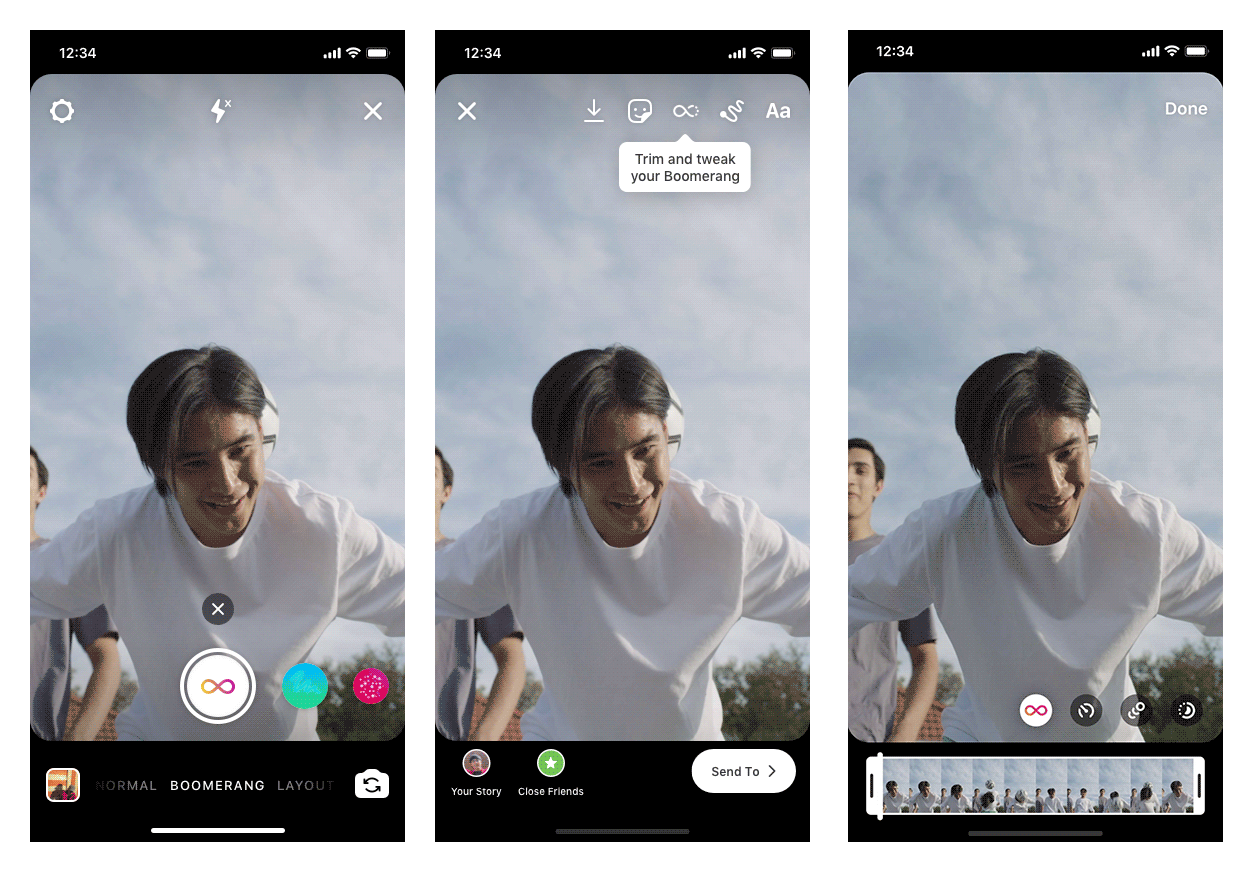Color is all around us, but not everyone is born with a sense of how to match different hues. But don’t worry, there’s an app for that. In fact, there are several to suggest color schemes, matches, and entire palettes.
You’ll need to match colors for different things in life, from your clothes to designs for a house or a presentation. Choosing the right colors can have a major impact on the viewer, as our brain is attuned to match certain colors with certain feelings.
Whether you want to learn the basics of color theory or simply find the best color for your current needs, here are a few apps that make it happen.
1. Adobe Color (Web): Find a Matching Color and Extract From Images
![Adobe Color website that finds a matching color and extracts colors from images]()
It would be impossible to have an article about color apps without mentioning Adobe Color. After its recent makeover, it has become one of the easiest online tools to find the perfect color for your needs.
There are two ways to use Adobe Color. You can use the standard color wheel and set a color mode between RGB, CMYZ, HSV, and LAB. Click anywhere on the wheel to choose a color. Then you can find matches based on the scheme: analogous, monochromatic, complementary, triad, compound, and shades.
If you like the colors in an image, you can upload a picture to Adobe Color. By default, it will pick out some striking hues, but you can click around on the image for the colors you really want to replicate or find matches for.
Adobe Color also has two other tabs worth checking out: Explore and Trends. In these, you’ll find recommendations for color schemes based on what other Adobe Color users are liking these days, which you can replicate or simply use as inspiration.
2. Colorsinspo (Web): Collection of Free Palettes, Gradients, and Brand Colors
![Colorsinspo website to find brand colors and get free color palettes, gradients]()
They say good artists copy, great artists steal. You have probably seen a brand whose color scheme you think would be perfect for your project. Well, head to Colorsinspo to get the exact colors to use in your project or use them as inspiration for new schemes.
Colorsinspo is a large repository of free color palettes, gradients, brand colors, solid colors, and other color tools. It’s especially awesome for brands because large corporations put a lot of thought and effort into finding the right color schemes.
If you’re doing a small project that targets a similar audience, you have a readymade template to use. Search for a brand and you’ll get the precise colors it uses, or browse all the brands.
The web app also gives free gradients and palettes. The color tools section includes a color wheel, color swatch, and a gradient palette, with easy instructions on how to use it to pinpoint which color is right for your project.
3. Picular (Web): What’s the Color of Laughter?
![Picular website for finding hues for abstract words or regular objects]()
Picular calls itself the Google for colors. While that’s a great marketing pitch, it’s not far off from the truth. This web app is a search engine for colors based on any word you type. Have you ever wondered what’s the color of laughter?
Let’s say you are looking for the closest hue to a real-life banana. Simply type “banana” in the search field. Picular will return with a bunch of colors that fit what a banana looks like. But it gets more interesting for abstract words, like love, anxiety, or laughter.
Behind the scenes, Picular uses the top 20 Google Image Search results for the desired keyword. It analyzes all colors and finds the most dominant hues, displaying them in a grid.
Not only does this make it easy to find the perfect color of an object you’re describing, like a banana or a strawberry, but it’s super cool to try and find the best color for inanimate words.
4. Happy Hues (Web): Suggestions for Palettes and Live Web Demo
![Happy Hues web app suggests color palettes with a live demo]()
Happy Hues is a really cool implementation of websites that suggest color palettes. Usually, you will only get a list of several recommended palettes, which you can then play around with in your project. But Happy Hues shows you a live demo of their own website by updating it to a new palette every time you choose it.
The single web page will change its background colors, buttons, panes, and fonts. In fact, each section gets a new look, so that you can check all variants in a palette.
The live demo helps you visualize how any project, especially a website, would actually look if you used the palette.
Plus, Happy Hues makes its entire web page more informative to help you pick. In simple English, it teaches the basic difference between hue, tint, shade, tone, value, and saturation. It also talks about color psychology, explaining the feelings that any hue evokes.
5. EVA Design System (Web): AI Suggests Best Color Combos
![Get color suggestions and matches based on artificial intelligence with the EVA Design System]()
Apparently, you don’t need a human eye and a design-oriented mind to figure out color palettes. Artificial intelligence is taking human jobs, and the EVA Design System might be the latest example of this. Put in a color, and it will generate a color scheme for four emotional responses.
EVA Design System uses GAN (Generative Adversarial Network) to train its artificial intelligence on a large number of colors found on the internet. It’s the basis for a lot of the amazing things that AI can do now. With GAN, the AI learns the best possible color matches for any hue.
So give it your brand’s base color, and in no time, EVA will tell you four colors that match it for four different emotions: success, information, warning, and danger.
If you like them, great, otherwise you can generate four new colors based on the same original. You can then copy the hexadecimal or export the whole scheme as JPEG or JSON.
Learn the Basics of Color Theory
With a few simple apps like these, you can always have a handle on how to choose the perfect color combination for anything. From matching the right socks with your attire to creating a stunning website without any design knowledge, you can get a lot done.
But even though technology helps, it’s best to learn the basics of the color wheel. Colors are all around us, after all, so why not figure out what makes us find some combinations aesthetically appealing, while others look garish and off-putting.
In fact, you can learn the basics of color theory in less than one hour. Give it a go, it’s a life skill.
Read the full article: 5 Apps to Find the Best Color Schemes, Matches, and Palettes
Read Full Article








